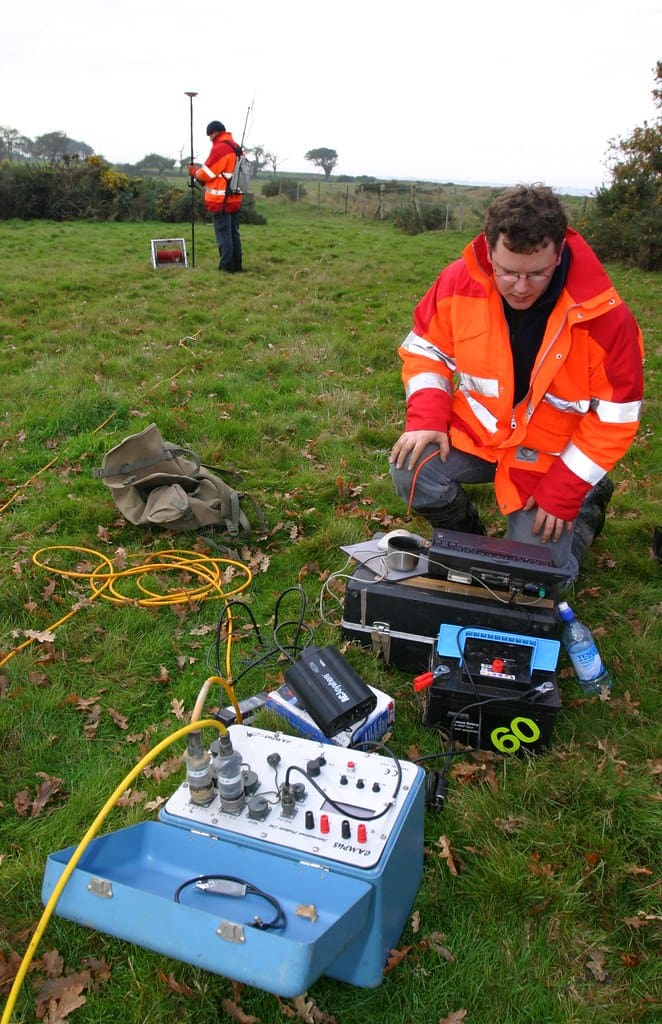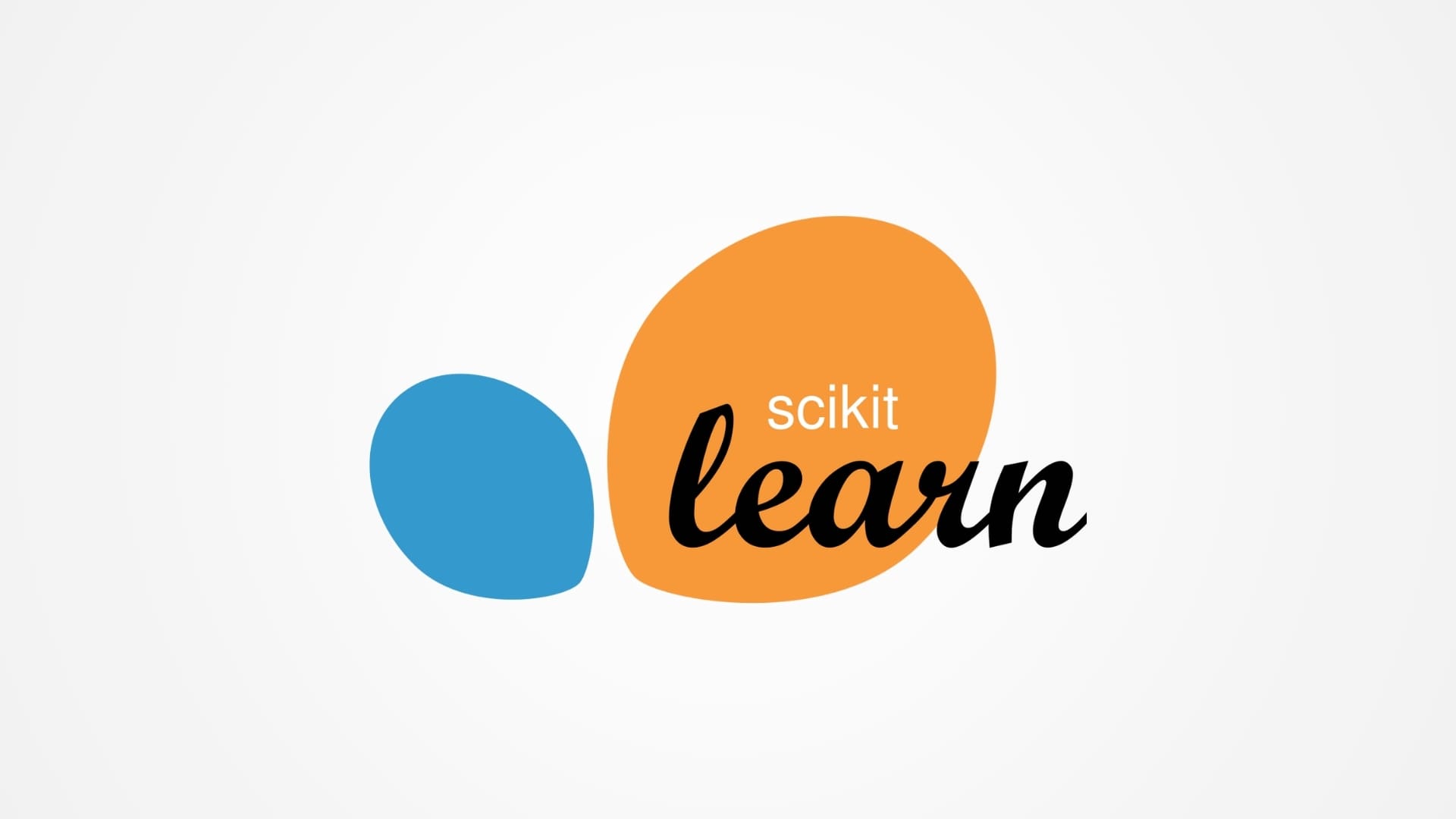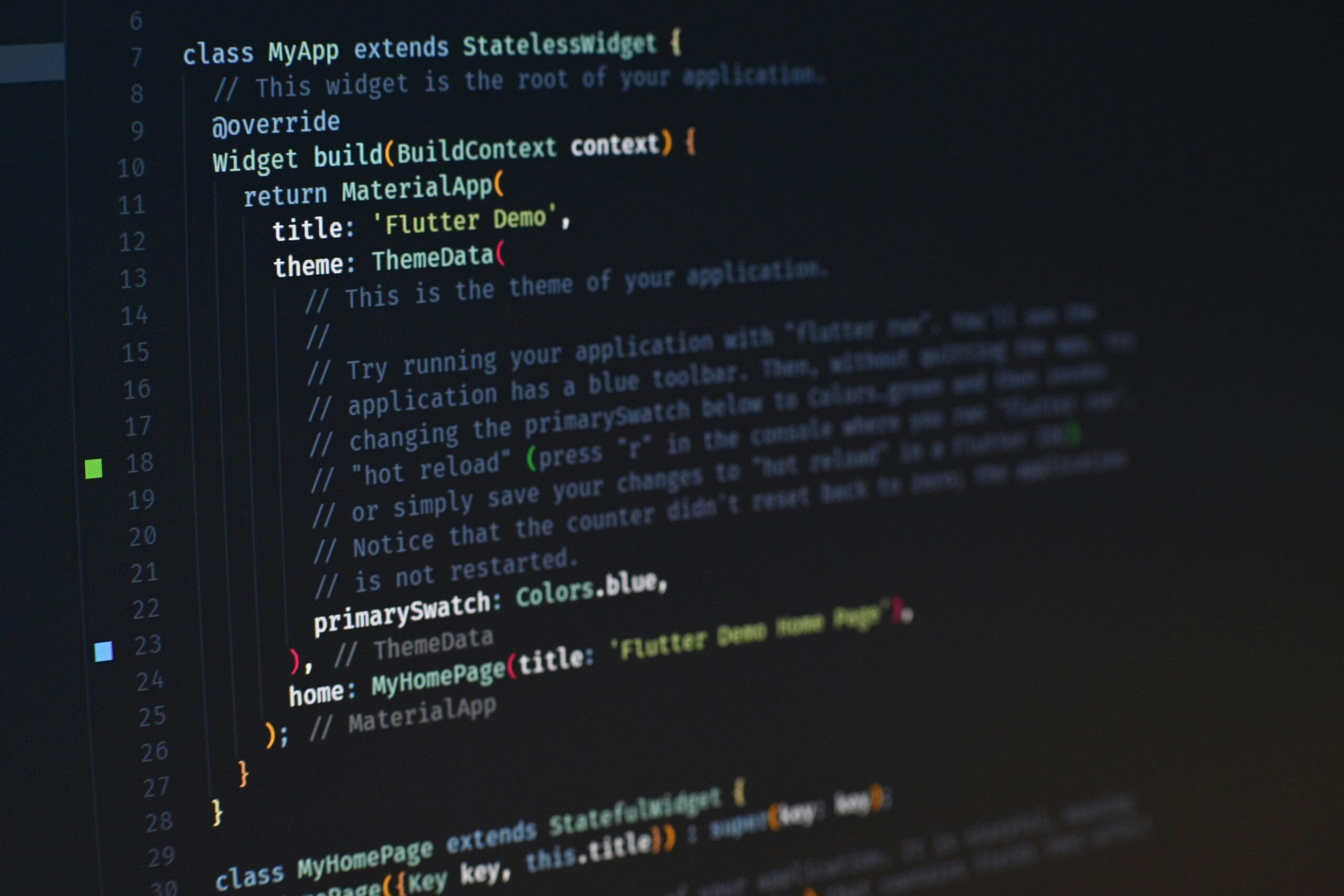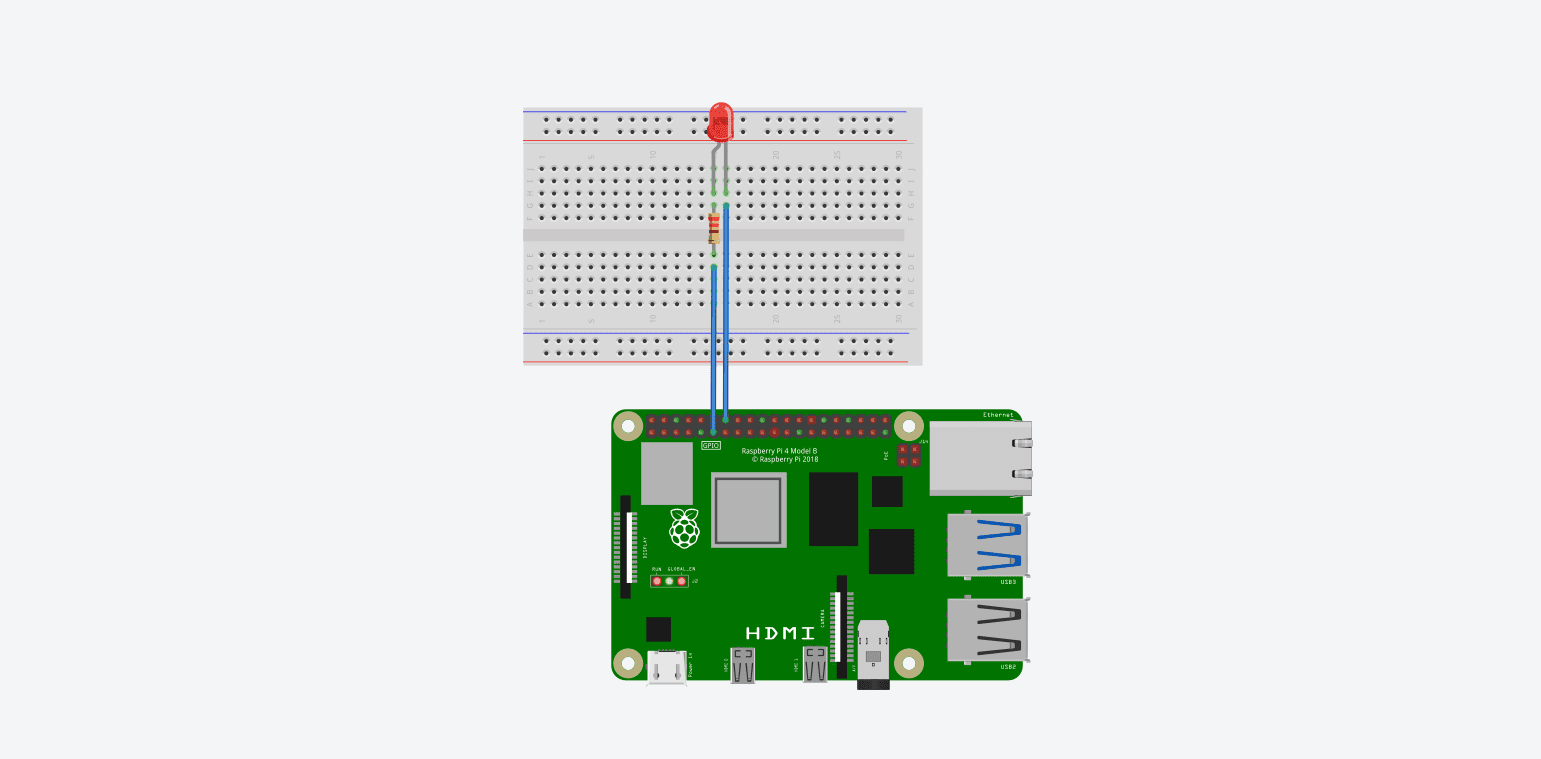Earthquake engineering is a branch of civil engineering dedicated to designing structures that can withstand seismic activities. The integration of 3D printing technology into this field has opened up new avenues for innovation, offering groundbreaking solutions that enhance the earthquake resilience of buildings and infrastructure. This technology enables engineers to create complex, customized structural components that are specifically designed to absorb and dissipate seismic energy, potentially reducing damage during earthquakes.
The Emergence of 3D Printing in Earthquake Engineering
Initially used for prototyping and small-scale models in various industries, 3D printing has evolved to encompass large-scale construction applications, including those required in earthquake engineering. Advances in additive manufacturing have made it possible to print not only structural components but also entire buildings with materials designed to enhance seismic performance. This approach is particularly compelling in earthquake-prone regions, where improving the resilience of structures is critical to reducing the impact of seismic events.

Advantages of 3D Printing in Earthquake Engineering
Customized Seismic Solutions: 3D printing allows for the creation of structural components tailored to specific seismic requirements. Engineers can design elements that precisely match the geotechnical conditions of an area, improving the overall effectiveness of seismic resistance strategies.
Innovative Materials and Designs: Additive manufacturing facilitates the use of new material composites and innovative designs that can enhance the flexibility and energy absorption capabilities of structures, making them more resilient to earthquakes.
Rapid Prototyping and Testing: 3D printing accelerates the process of prototyping and testing seismic-resistant designs. Quick iterations and adjustments to designs based on testing results can significantly speed up the development of effective seismic solutions.
Cost Efficiency: By reducing material waste and the need for complex molds and assembly processes, 3D printing can lower the costs associated with manufacturing seismic-resistant components and systems.
Sustainability: Minimizing waste not only reduces costs but also lessens the environmental impact of construction projects. Additionally, the ability to use recycled materials in 3D printing further enhances the sustainability of building practices.
Key Applications of 3D Printing in Earthquake Engineering
Seismic Dampers and Absorbers: 3D printing is used to produce advanced seismic dampers and energy absorbers that can be integrated into buildings to mitigate the effects of seismic forces. These devices can be custom-designed to match the dynamic characteristics of specific structures.
Flexible Joints and Connections: Additive manufacturing enables the creation of flexible joints and connections that allow parts of a structure to move independently, reducing the transfer of seismic forces through the building.
Foundation and Retaining Structures: 3D printed foundations and retaining walls can be designed to include features that improve their ability to withstand seismic shocks, such as internal reinforcement networks or geometries that counteract soil pressures.
Retrofitting Components: Customized retrofitting elements can be 3D printed to strengthen existing buildings and bridges, making them more resistant to earthquakes. These components are particularly useful for updating older structures that do not meet current seismic codes.
Full-Scale Buildings and Infrastructure: Experimental projects are exploring the feasibility of printing entire structures optimized for seismic resilience, from houses to bridges, demonstrating the potential of 3D printing to revolutionize construction in seismic zones.

Challenges in 3D Printing for Earthquake Engineering
Material Performance: Ensuring that 3D printed materials meet the rigorous performance requirements necessary for seismic applications is essential. These materials must exhibit adequate strength, durability, and flexibility under seismic loads.
Scale and Complexity: While 3D printing offers considerable design flexibility, scaling complex designs from small prototypes to full-sized structures presents significant engineering and logistical challenges.
Regulatory Compliance: Incorporating 3D printed elements into seismic engineering projects must navigate complex regulatory landscapes to ensure compliance with building codes and safety standards.
Technical and Operational Expertise: Effective implementation of 3D printing in earthquake engineering requires specialized knowledge in both additive manufacturing technologies and seismic design principles. Developing this expertise among engineering professionals is crucial for advancing the field.
Future Directions in 3D Printing for Earthquake Engineering
As 3D printing technology continues to advance, its applications in earthquake engineering are expected to expand. Future developments may include enhanced printing techniques capable of handling a wider range of materials and larger structures, as well as improved integration with traditional construction methods. Innovations in material science could also lead to the creation of new composites with superior seismic performance characteristics.
3D printing holds significant promise for transforming earthquake engineering by providing innovative, cost-effective, and customizable solutions for building earthquake-resistant structures. As the technology matures and becomes more integrated into mainstream construction practices, it has the potential to significantly impact how buildings and infrastructure are designed, constructed, and retrofitted in seismic zones, ultimately enhancing safety and resilience.








